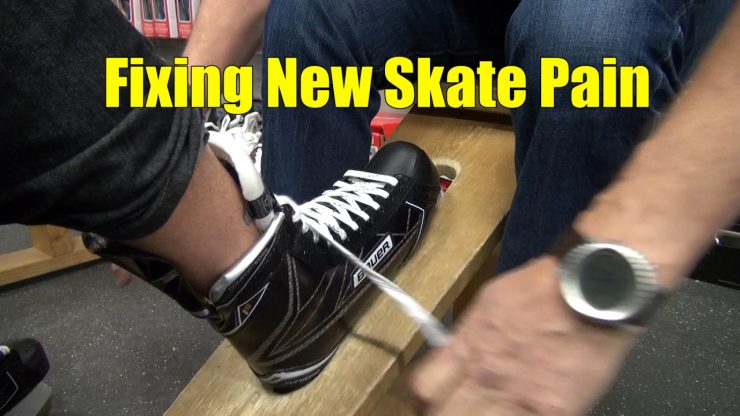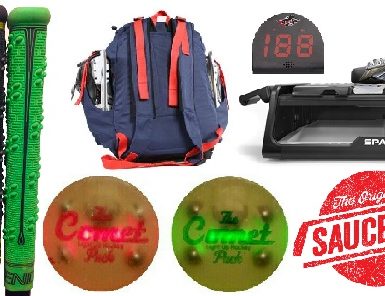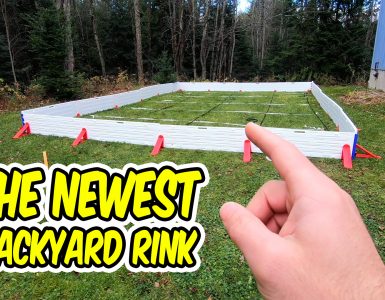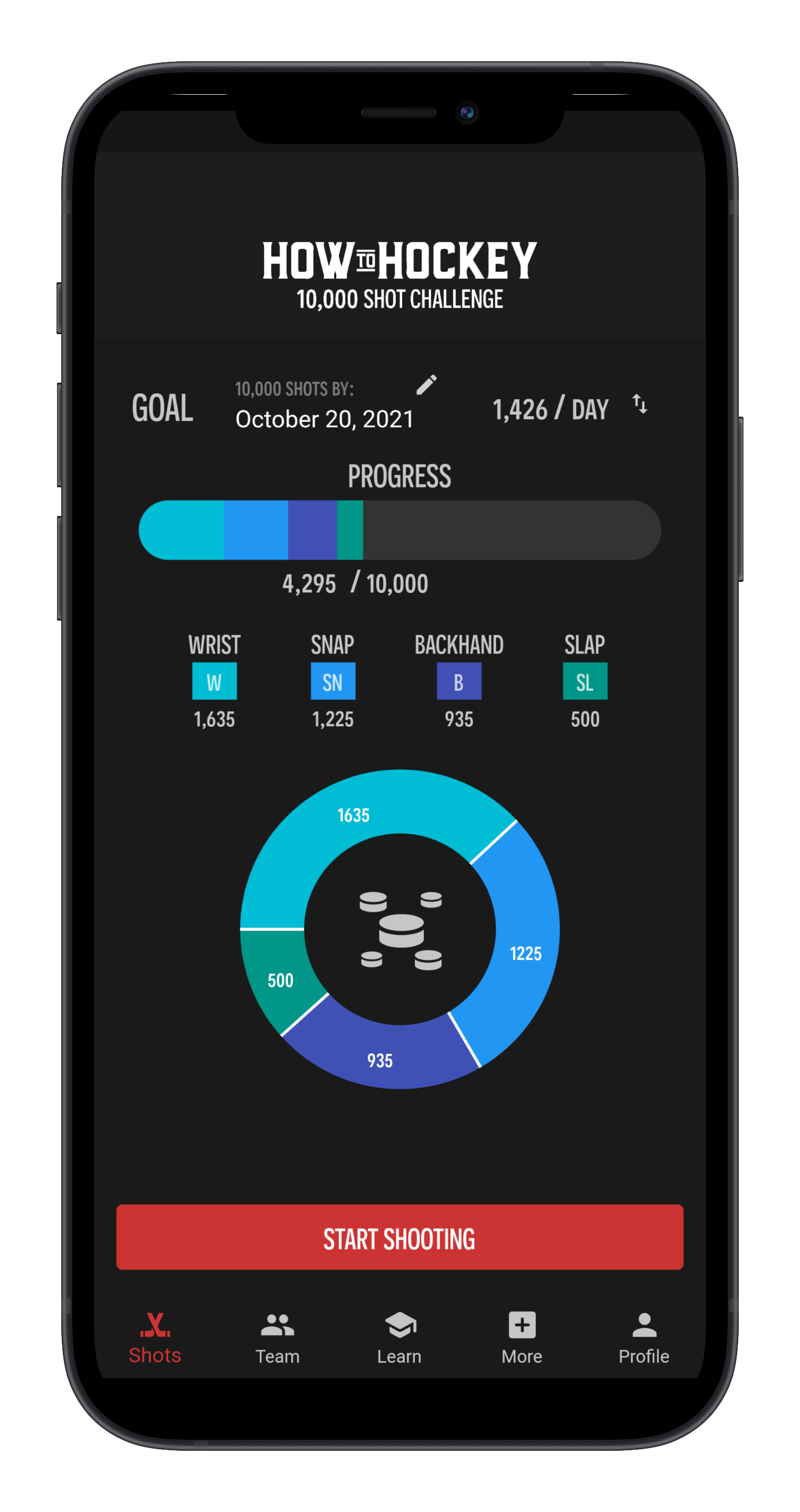Is there anything better than opening a brand new pair of skates? All you want to do is toss them on, and fly around your local rink. In reality, there’s a few steps you should really take before you throw your feet in those things and go to town. In this video, we’re going to show you step one of how to best fit your skates to you and your body.
First things first, you can bake your skates in your own oven at home. However, I wouldn’t suggest it (nor would Glen), because you can ruin your skates if you don’t know what you’re doing. Glen uses a cold oven, which puts every piece of the skate to about 200 degrees and makes it very mold-able. The obvious advantage to baking your skate is so that it can mold around your feet, fit tight, and give you the support that you need to skate well, and comfortably.
The cheaper the skate, the less mold-able material you’ll find inside. If you’re buying your skates at a big box store for $100, I wouldn’t suggest baking them at all; they won’t mold to your foot. The mid-range skates will have a mold-able gel in them, that will mold and stay tight to your foot if done properly. The top of the line skates will (sometimes – like my Bauers) have an entirely mold-able boot, meaning the whole skate (except the blade) will mold to my foot’s size and shape. That will lead to ultimate comfort, and ultimate use of my power to make my skating better. Many skates also have custom footbeds that are mold-able, but we’ll get to that in the next video.
Glen then sits me down and throws on my molded skate, and walks me through the dos and don’ts of skate molding, which are pretty straight forward.
DO
- Pull out on your laces
- Try to have someone at the shop lace your skates
- Wait 10 minutes for the skate to cool and mold
DON’T
- Stand up while your skate is molding
- Flex your foot forward or backward while your skate is molding
- Put pressure anywhere on the skate while it is molding
You likely will feel a little bit of pain for your first few times on the ice with new/molded skates. Your foot has to adjust to the new feeling, and likely your previous skates were old, and not as good, which is why you upgraded. Your foot needs to learn the feeling of this new skate, just like you do. Glen suggests going back to see your pro shop if you’re still feeling pain during your fourth time on the ice.
Check out the next two videos in this series to see more of how to customize your new skates:
Footbed/Insole Options to Reduce Foot Pain for Hockey Players








